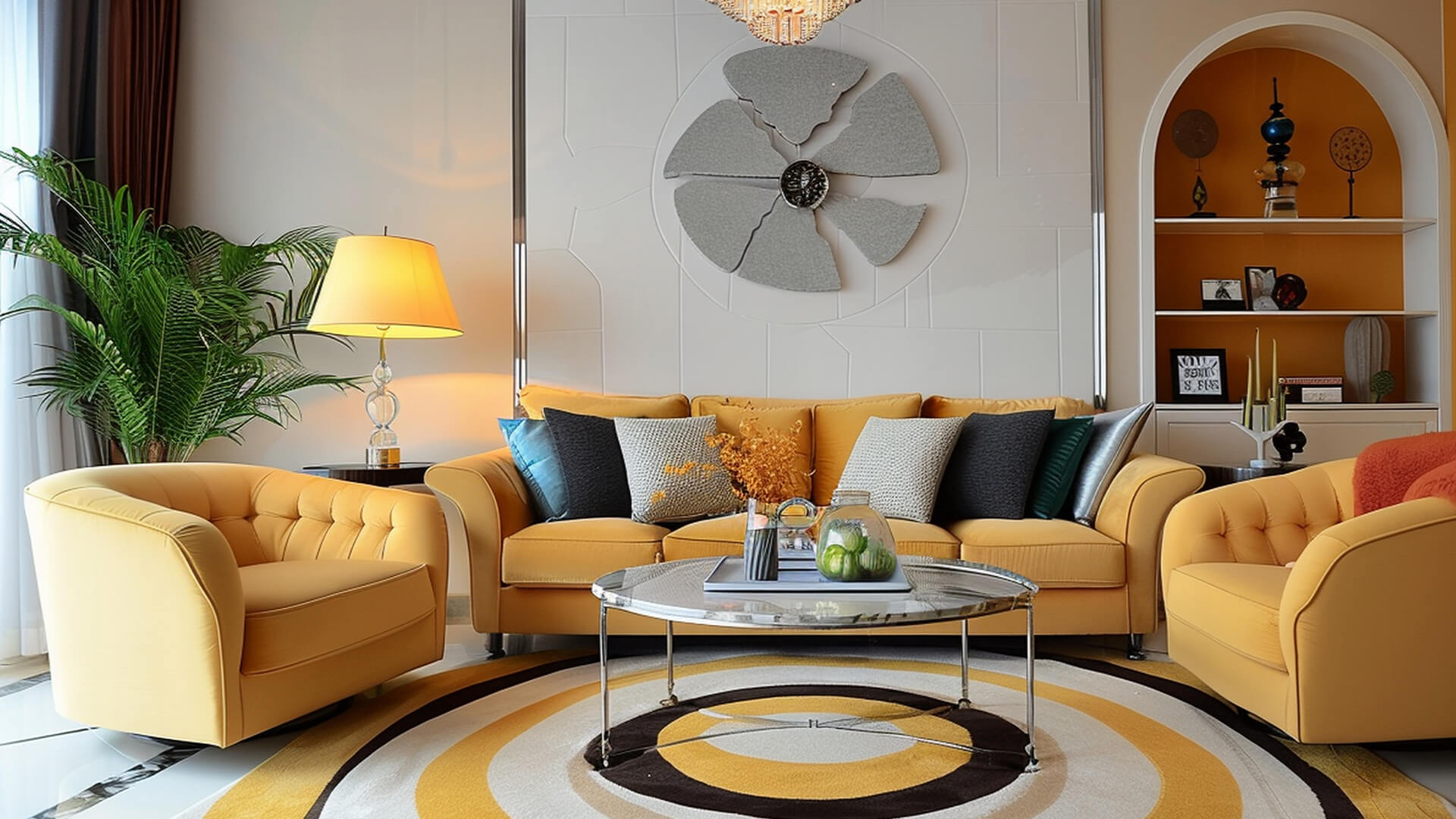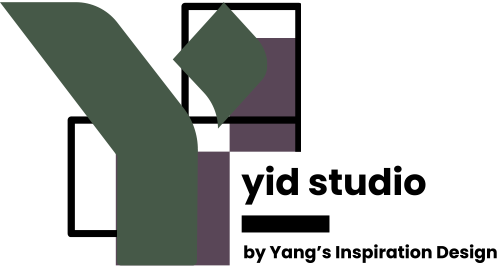
The design of retail stores extends beyond merely placing goods on shelves; it encompasses every element of an establishment’s interior aimed at shaping how customers feel, act, and make purchasing decisions. A well-executed store design creates an environment that is both appealing and functional, ultimately leading to enhanced shopping experiences and increased revenue through various sales channels, including repeat customers.
Every detail in store layout matters, from the colors on the walls to the lighting overhead. These elements influence customer perceptions and interactions with the store, helping to establish a pleasant and inviting environment where customers feel comfortable spending time and making purchases.
Why is Store Design Important?
Retail store design is crucial because it serves as the initial point of interaction for customers, profoundly influencing their perception of your brand. A thoughtfully arranged store can significantly impact customer behavior and sales. For example, a well-planned store layout guides buyers through a journey, making it easy for them to locate and purchase products. The strategic placement of promotions and high-demand items can drive impulse buys and increase sales.
Furthermore, a well-designed store can enhance customer retention and brand loyalty. When shoppers encounter an attractive, easy-to-navigate store, they are more likely to refer others and return themselves. Essentially, good store design fosters an environment that encourages both repeat business and referrals.
Tips for Retail Store Design
When planning your retail space, consider the following tips to enhance its effectiveness:
Choose a Layout That Suits Your Business
The layout should reflect the shopping behavior of your customers. For instance, a grid layout works well for supermarkets, where orderliness and ease of access are important. Conversely, a free-flow layout is ideal for boutique stores, encouraging customers to browse and explore.
Utilize Color Psychology
Color can influence customer behavior and perceptions. Yellow can make a space appear inviting and cheerful, while green, associated with health and calmness, is suitable for stores selling healthy products.
Strategic Placement of Signage
Signs should be positioned where they are easily visible and readable from a distance. Effective signage enhances the shopping experience by guiding customers through the store and making navigation easier.
Incorporate Technology
Integrate technology to enhance the physical shopping experience. For example, interactive kiosks can provide product information, helping customers make informed purchase decisions.
Elements of an Effective Retail Layout
To maximize the effectiveness of your retail store design, focus on these essential elements:
Understanding Customer Flow
Know the typical path customers take through your store. Since most people tend to turn right upon entering, place key promotions and new products strategically along this path.
Importance of Adaptability
Retail settings are constantly evolving, so your layout should be flexible enough to accommodate trends and seasonal changes.
Aisle and Space Management
Ensure aisles are wide enough for easy navigation but conducive to browsing. Utilize aisle ends for promotional items to capture attention effectively.
High-Impact Areas
Design the storefront and checkout zones to create memorable experiences. The storefront, or decompression zone, should be clutter-free to ease the transition from the outside world. Checkout areas should feature impulse-buy items and last-minute promotions to encourage additional purchases.
Designing for Different Retail Formats
From department stores to boutiques and supermarkets, every retail format presents a set of unique needs and expectations that impact store design. Knowing what they are ensures that the design supports the business’s operational goals and enhances the customer’s experience.
Department Stores
Big retail spaces with a variety of products under one roof need to be planned so that moving from one department to the other becomes easy. Use clear signage and distinct thematic zones to help wayfinding and incorporate lounges and seating areas to lengthen the time spent in the store and, consequently, spending.
Boutiques
These are usually smaller, specialized stores that sell a select number of goods and can afford to be more experimental with their design. A free-flow layout gives a feeling of luxury and exclusivity, and unique fixtures and artistic elements allow them to reflect the brand’s personality and present an intimate experience to shoppers.
Supermarkets
Efficiency and volume are the priorities here. Their strategic objective is to guide customers along a rational path. The most effective layout is usually a grid, which exposes customers to the maximum amount of merchandise. Place staple items at the back of the store and promotional items near the front to maximize exposure and sales.
Maintaining and Updating Your Store Design
This can lead to a stale shopping experience regarding static store design. It is through such regular updates that the environment remains fresh, hence encouraging repeat visits.
Regular Reviews and Updates
Schedule regular walkthroughs for the identification of areas that need refreshment or reorganization. Seasonal updates and thematic changes will keep the store bright and relevant.
Incorporating Feedback and Trends
Customer feedback might help you learn how your store design is working and what it lacks. Keep updated with retail design trends to make your space modern and attractive.
Sustainability and Adaptability
Use eco-friendly materials and designs that appeal to the environmentally aware consumer. Be sure your design can be flexible to adapt to the changing retail trends and consumer preferences.
Conclusion
In conclusion, retail store design is a dynamic and critical aspect of any successful retail business. Stores can create environments that not only draw customers but also make them stay longer and spend money when they focus on the layout and customer flow of the store, along with the total experience. Corrective design elements such as layout, color, and signage drive and influence customer behavior.
Your store design is not a done deal, it’s an ongoing project that changes with your customers and the trends. Creating a thoughtful, customer-centered store design can lead to satisfied customers and a boost in sales.

